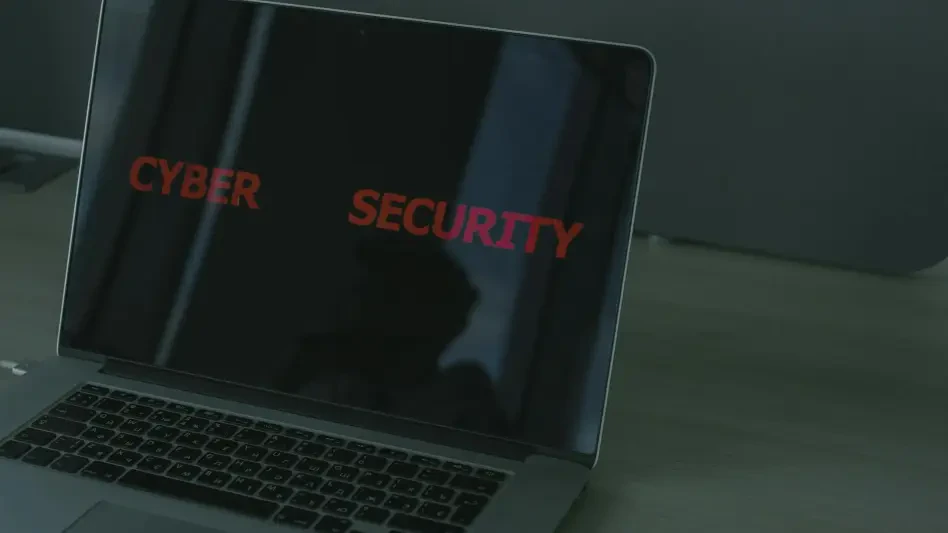In an era where cyber threats evolve at an unprecedented pace, ClickFix attacks have rapidly ascended as a formidable challenge within the cybersecurity domain. As reported by ESET, these attacks surged by an astonishing 517% in the first half of 2025, positioning themselves just behind phishing as the second most prevalent attack vector. ClickFix attacks exploit social engineering techniques to deceive users with fake error or verification messages, ultimately inducing them to willingly execute malicious scripts. Consequently, this method effectively bypasses existing security frameworks across all major operating systems, including Windows, Linux, and macOS. This shift underscores the pressing necessity for cybersecurity defenses to adapt and evolve.
Understanding ClickFix Attacks
ClickFix attacks represent a significant evolution in cybersecurity threats, characterized by their crafty manipulation of users through social engineering. This tactic’s primary significance lies in its ability to exploit the psychological tendencies of users, making them complicit in executing harmful activities. The rise of ClickFix attacks impacts every major operating system, exemplifying a universal threat facilitated by diverse technological influences. Key players in the cybercriminal world have leveraged this method to distribute infostealers, ransomware, and even state-sponsored custom malware. This impact not only highlights the technological prowess of these attackers but also reflects the vulnerabilities in current security measures, prompting a reevaluation of existing strategies.
Trends and Insights in ClickFix Attacks
Recent Developments and Trends
The cybersecurity landscape has witnessed a marked increase in ClickFix attacks, raising alarms among industry experts. This surge not only reflects a broadening of tactics used by cybercriminals but also underscores a shift in attack vectors, where ClickFix methods now parallel phishing in frequency and sophistication. Emerging technologies have bolstered these attacks, with threat actors often blending new tactics such as the use of ClickFix builders to disseminate more complex threats. This development complicates traditional security measures, as the evolving complexity of attacks demands a dynamic response from cybersecurity teams striving to protect sensitive information.
Market Dynamics and Projections
Current data illustrates the increasing prevalence of ClickFix attacks, with documented growth rates validating its rapid ascent as a primary threat. The market dynamics indicate a trajectory that suggests continued expansion unless countered by significant advancements in security measures. Future forecasts predict sustained growth in these attack vectors, driven by technological advancements and the relentless creativity of cybercriminals. As cybersecurity teams grapple with these threats, the need for innovative defenses and proactive mitigation strategies becomes all the more critical in safeguarding against this growing menace.
Challenges and Complexity of Security Measures
The complexity of ClickFix attacks presents significant challenges for cybersecurity teams striving to mitigate these threats. Standard security protocols often fall short against the cunning social engineering tactics employed in ClickFix scenarios, thus requiring a reevaluation of current defense mechanisms. The difficulty lies in the execution of these attacks, which leverage human psychology, creating a formidable barrier that traditional security measures struggle to breach. To counter these advanced threats, cybersecurity professionals must leverage cutting-edge technologies and adaptive strategies that prioritize user education and awareness, enhancing resilience against human-centric attack vectors.
Despite these obstacles, various strategies are being employed to combat ClickFix attacks effectively. Enhanced user training programs, coupled with sophisticated machine learning algorithms, are emerging as crucial components of a robust defense strategy. These techniques aim to preemptively identify and neutralize potential threats before they can penetrate the system, signaling a proactive shift in mitigation approaches. However, the continuous development of more advanced threats necessitates ongoing innovation and adaptability among cybersecurity professionals to maintain effective security measures.
Regulatory Landscape and Compliance
The regulatory landscape surrounding cybersecurity measures against ClickFix attacks plays a pivotal role in shaping organizational responses to this threat. As the frequency and sophistication of these attacks increase, current regulations aim to establish guidelines that enhance security protocols and mitigate potential risks. However, effectively achieving compliance remains a challenge due to the evolving nature of cyber threats and the differing regulations across regions. Organizations often face difficulties in aligning their security measures with these requirements, emphasizing the need for more harmonized and comprehensive regulatory frameworks.
Compliance requirements seek to establish a baseline for mitigating threats, although their effectiveness varies depending on an organization’s specific challenges. While regulatory efforts contribute to increased awareness and standardized practices, the dynamic nature of ClickFix attacks necessitates a more flexible and adaptive approach to compliance. As cyber threats continue to evolve, regulatory bodies must ensure their frameworks remain relevant and effective in equipping organizations with the tools necessary to safeguard their digital environments.
Future Directions in Cybersecurity
Future developments in cybersecurity will likely focus on innovative solutions that address emerging threats like ClickFix attacks. As cybercriminals continue to refine their tactics, the cybersecurity sector must invest in cutting-edge technologies and methodologies to stay abreast of evolving threats. New advancements in artificial intelligence and machine learning offer promising avenues for enhancing threat detection and prevention capabilities, enabling security systems to adapt and respond more effectively to the dynamic threat landscape.
As the field progresses, collaboration between industries and regulatory bodies will be crucial in fortifying defenses against ClickFix attacks. Developing comprehensive frameworks that integrate advanced technologies, continuous monitoring, and robust training programs remains a priority. This collaborative approach will empower organizations to identify vulnerabilities, implement proactive measures, and adapt to the ever-changing landscape of cybersecurity threats, ensuring a secure digital future.
Conclusion and Recommendations
The cybersecurity industry’s battle against ClickFix attacks has highlighted both the strengths and vulnerabilities of current measures in place. As these attacks increase in sophistication and frequency, organizations must prioritize investments in advanced technologies and strategic mitigations. Emphasizing user education and awareness can create an informed first line of defense, enabling users to recognize and respond to potential threats adequately.
To effectively counteract the ClickFix phenomenon, further research and investment into cutting-edge technologies and adaptive strategies are necessary. Encouraging collaboration among industry leaders, regulators, and academic institutions will drive the development of comprehensive security solutions. By fostering a proactive approach to cybersecurity, the industry can strengthen its defenses and ensure resilience against these evolving threats, safeguarding digital assets and promoting a secure technological future.








